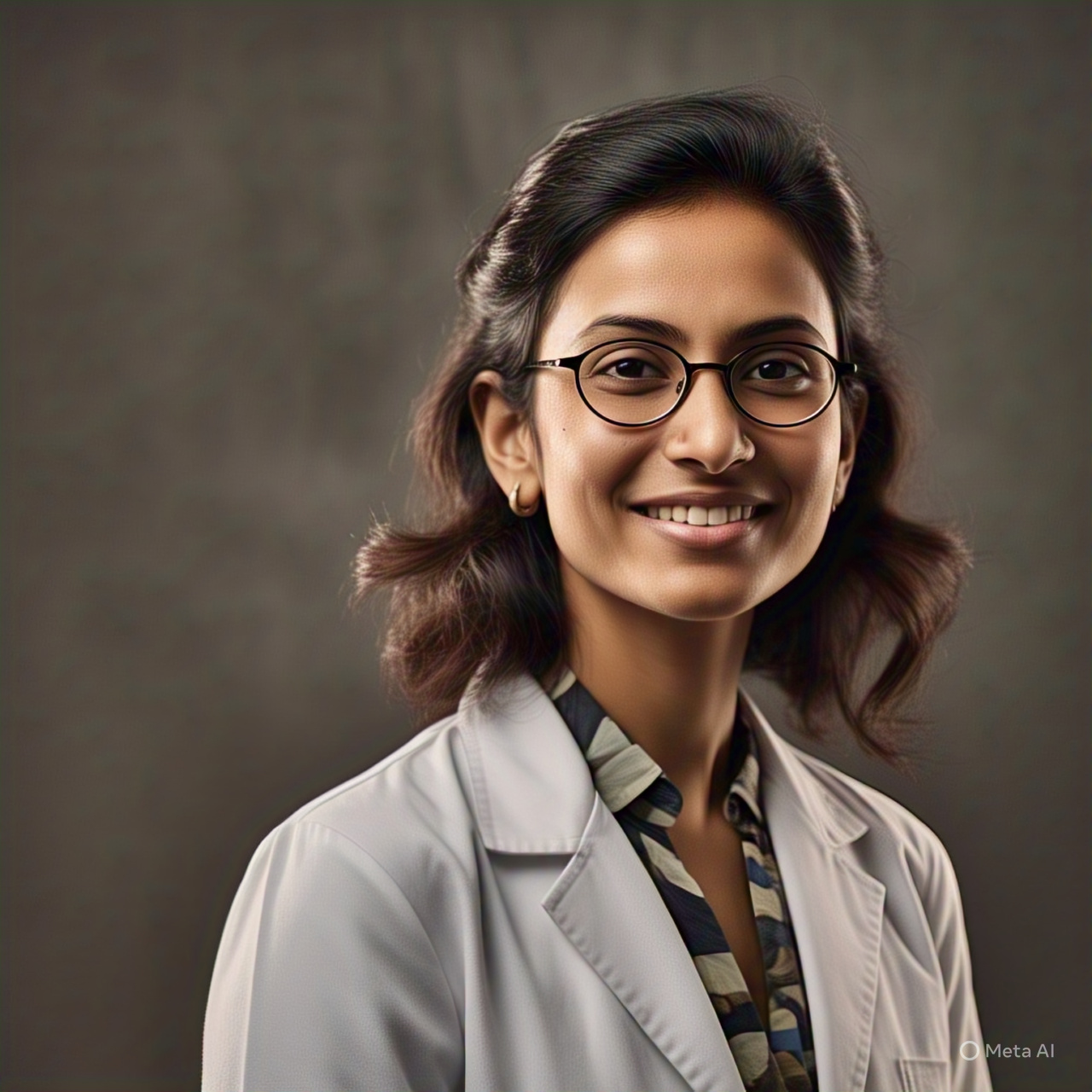How AI is Revolutionizing Healthcare Diagnosis

The integration of artificial intelligence into healthcare diagnosis represents one of the most promising developments in modern medicine, offering unprecedented possibilities for improved patient outcomes, reduced diagnostic errors, and more efficient healthcare delivery systems.
Unprecedented Diagnostic Accuracy #
Recent studies from the Stanford Medical AI Laboratory demonstrate that machine learning models now achieve diagnostic accuracy rates exceeding 94% for certain conditions—notably melanoma, diabetic retinopathy, and pulmonary nodules—often surpassing the accuracy rates of experienced specialists. This capability stems from AI’s ability to analyze vast datasets of medical images with consistency impossible for human practitioners.
Dr. Rebecca Chen at Massachusetts General Hospital reports: “Our implementation of deep learning algorithms for chest X-ray analysis has reduced our diagnostic error rate by 31% while increasing early detection of subtle lung abnormalities by 28%.”
Complementary Intelligence #
Rather than replacing physicians, the most effective implementations position AI as a powerful complementary tool. At Cleveland Clinic’s Diagnostic Center, radiologists working in conjunction with AI-assisted systems have reduced diagnostic time by 47% while increasing confidence ratings in complex cases.
“The AI doesn’t experience fatigue, cognitive bias, or distraction,” explains Dr. James Harrison, Chief of Radiology. “It consistently flags anomalies that might be overlooked during high-volume reading sessions, essentially functioning as a tireless second opinion.”
Democratizing Diagnostic Expertise #
Perhaps most transformative is AI’s potential to extend specialized diagnostic capabilities to underserved regions. The WHO estimates that nearly two-thirds of the global population lacks access to basic radiological services.
Organizations like RadAI are addressing this disparity by deploying lightweight diagnostic algorithms capable of running on standard tablets in remote clinics. Their pilot program in rural Indonesia has enabled local healthcare workers to screen for tuberculosis with 91% accuracy despite having no radiologists within 200 kilometers.
From Reactive to Predictive Diagnostics #
Advanced healthcare AI systems now move beyond identifying existing conditions to predicting potential health events. Mount Sinai’s AI research division has developed algorithms that analyze subtle patterns in routine blood work and vital signs to predict patient deterioration up to 48 hours before conventional clinical indicators would trigger intervention.
“We’ve moved from asking ‘what is happening?’ to ‘what will happen next?’” notes Dr. Sophia Lin, who leads the predictive analytics team. “This shift fundamentally changes how we allocate resources and make treatment decisions.”
Integration Challenges #
Despite remarkable progress, significant challenges remain in AI healthcare integration. Data privacy concerns, algorithm transparency requirements, and healthcare worker adaptation all require thoughtful navigation. Systems that fail to account for healthcare workflow realities often meet resistance despite technical excellence.
The experience of Boston Memorial Hospital offers valuable insights. Their gradual implementation approach—beginning with narrow applications where AI demonstrated clear superiority, then expanding based on physician feedback—achieved 87% adoption rates among clinical staff compared to 34% with earlier implementation attempts that lacked sufficient clinician involvement.
As AI diagnostic capabilities continue advancing, the most successful implementations will balance technological innovation with nuanced understanding of healthcare environments, ultimately creating systems that enhance rather than disrupt the essential human elements of medical practice.
AI-Generated Content Notice
This article was created using artificial intelligence technology. While we strive for accuracy and provide valuable insights, readers should independently verify information and use their own judgment when making business decisions. The content may not reflect real-time market conditions or personal circumstances.
Related Articles
Machine Learning in Healthcare: Saving Lives
Machine learning revolutionizes healthcare by enabling early disease detection, personalized …
The AI Healthcare Revolution: How France Is Leading Europe's Medical Innovation
French healthcare embraces AI revolution through rigorous clinical validation, patient privacy …
AI in Healthcare: Saving Lives with Algorithms
Explore how AI revolutionizes healthcare through predictive analytics, personalized medicine, and …